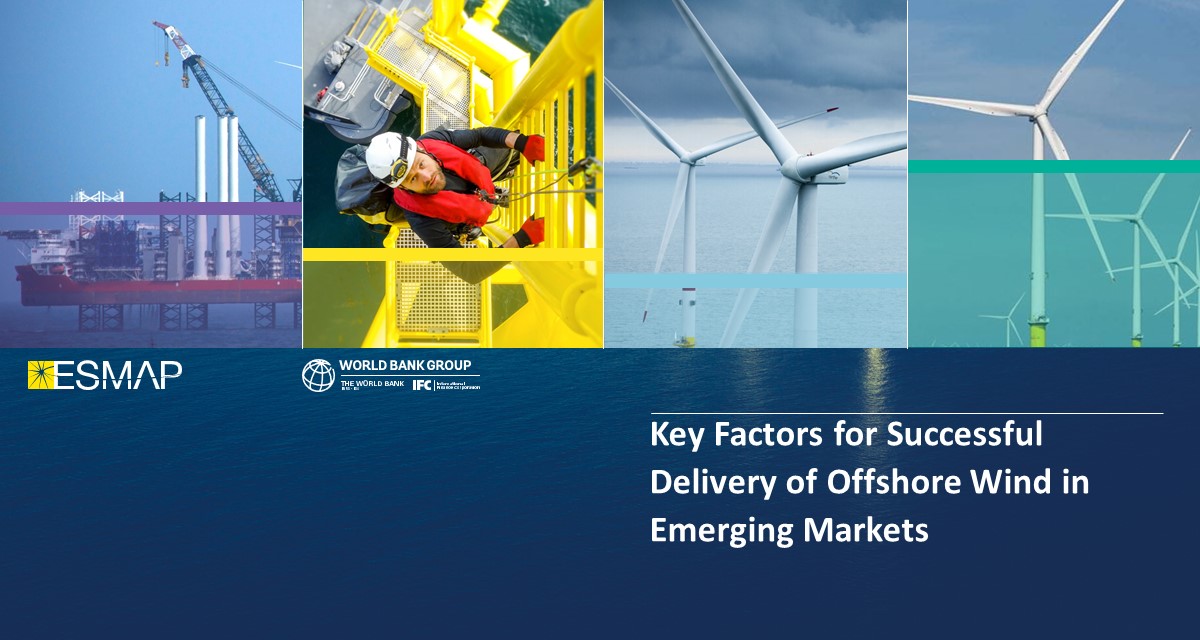Offshore wind holds tremendous promise for many emerging markets as a large-scale, clean, reliable form of new electricity generation with the potential to stimulate valuable economic benefits. However, developing a new offshore wind sector in an emerging market is no easy task. Decision makers must strike a careful balance as they consider a range of technical, political, environmental and social challenges. Offshore wind projects combine the scale of large hydro and the complexity of offshore hydrocarbon extraction, making them entirely different from onshore wind or solar. Government support and proactivity is, therefore, essential to develop a successful new sector and deliver the high rewards that offshore wind can bring.
Fortunately, there is a great deal of knowledge and experience to be gained from countries that have successfully established their offshore wind sectors. Each has had their successes and failures and offer important lessons to aid policymakers in emerging markets make informed decisions. These decisions also need to suit the characteristics of individual countries, so applying lessons learned is not simply a cut-and paste exercise.
This course distils experiences from offshore wind markets around the world into key success factors to help emerging markets build successful offshore wind sectors that follow international good practices while reflecting the unique contexts of each country. The key factors described here are, therefore, directional rather than prescriptive. This course complements the report ‘Key Factors for Successful Development of Offshore Wind in Emerging Markets’ which was published in 2021 by the World Bank Group’s Offshore Wind Development Program. The report provides additional reference material and should be referred to in parallel to undertaking this course.
Please download the full report here: Key Factors for Successful Development of Offshore Wind in Emerging Markets

